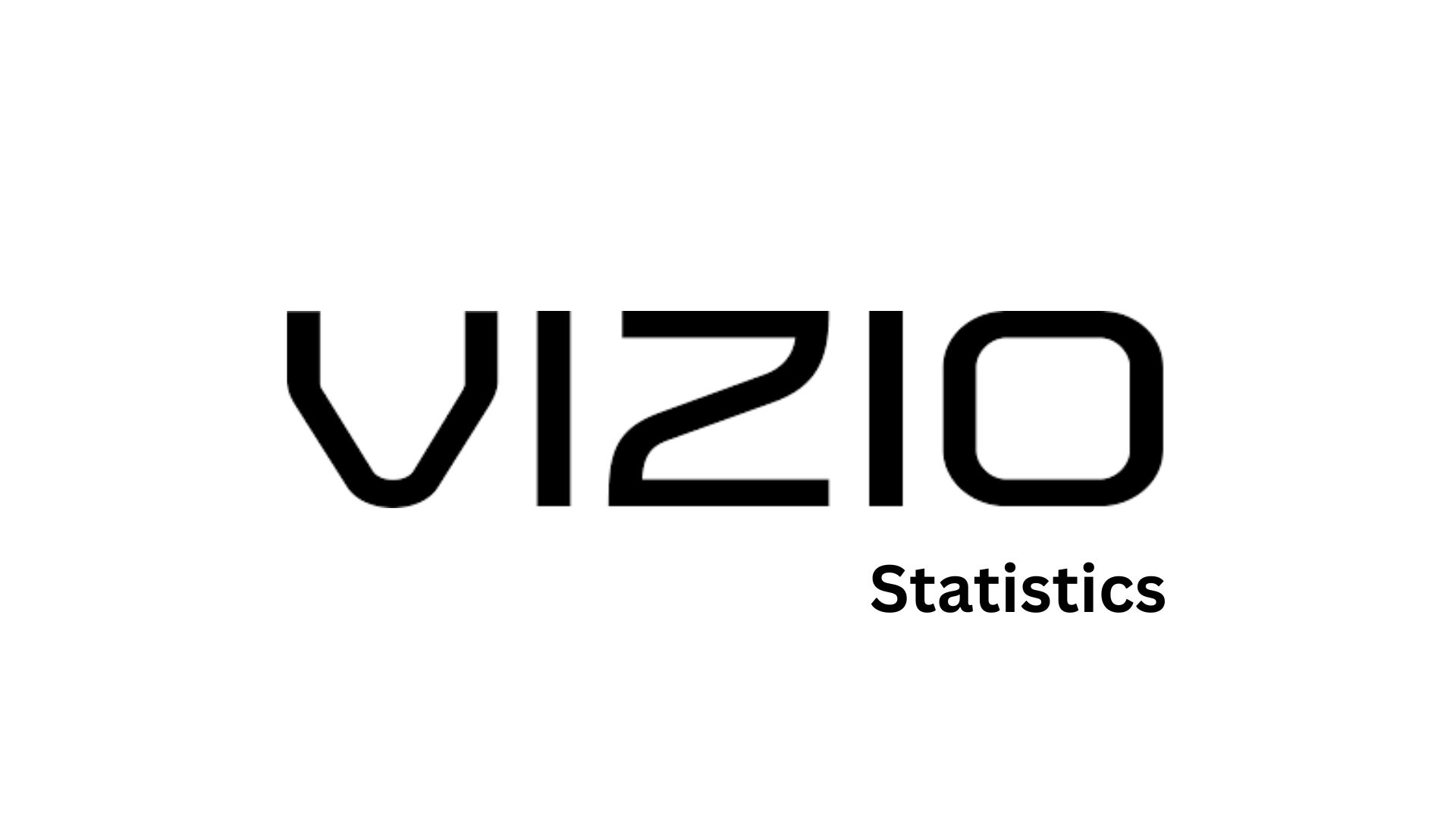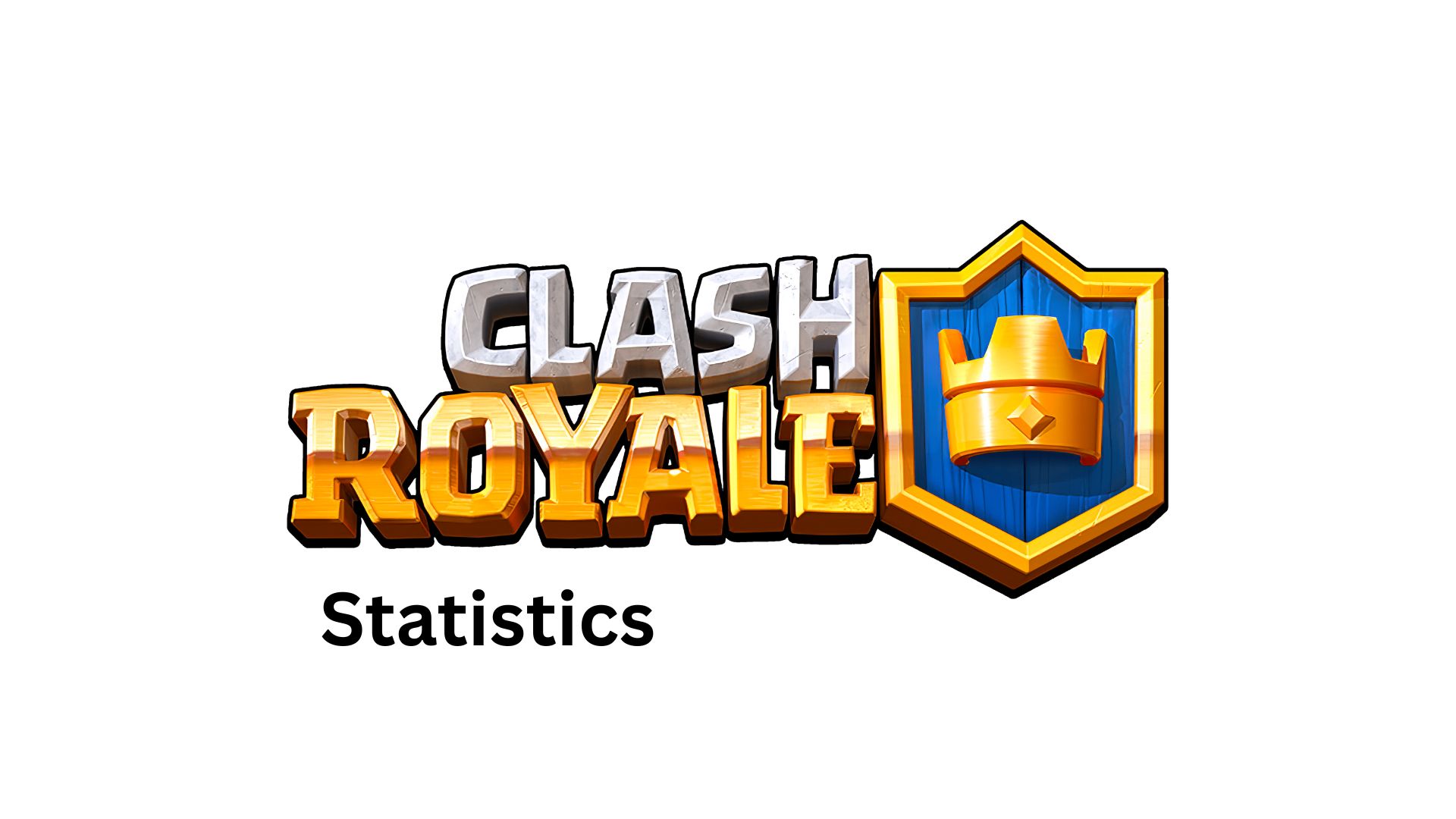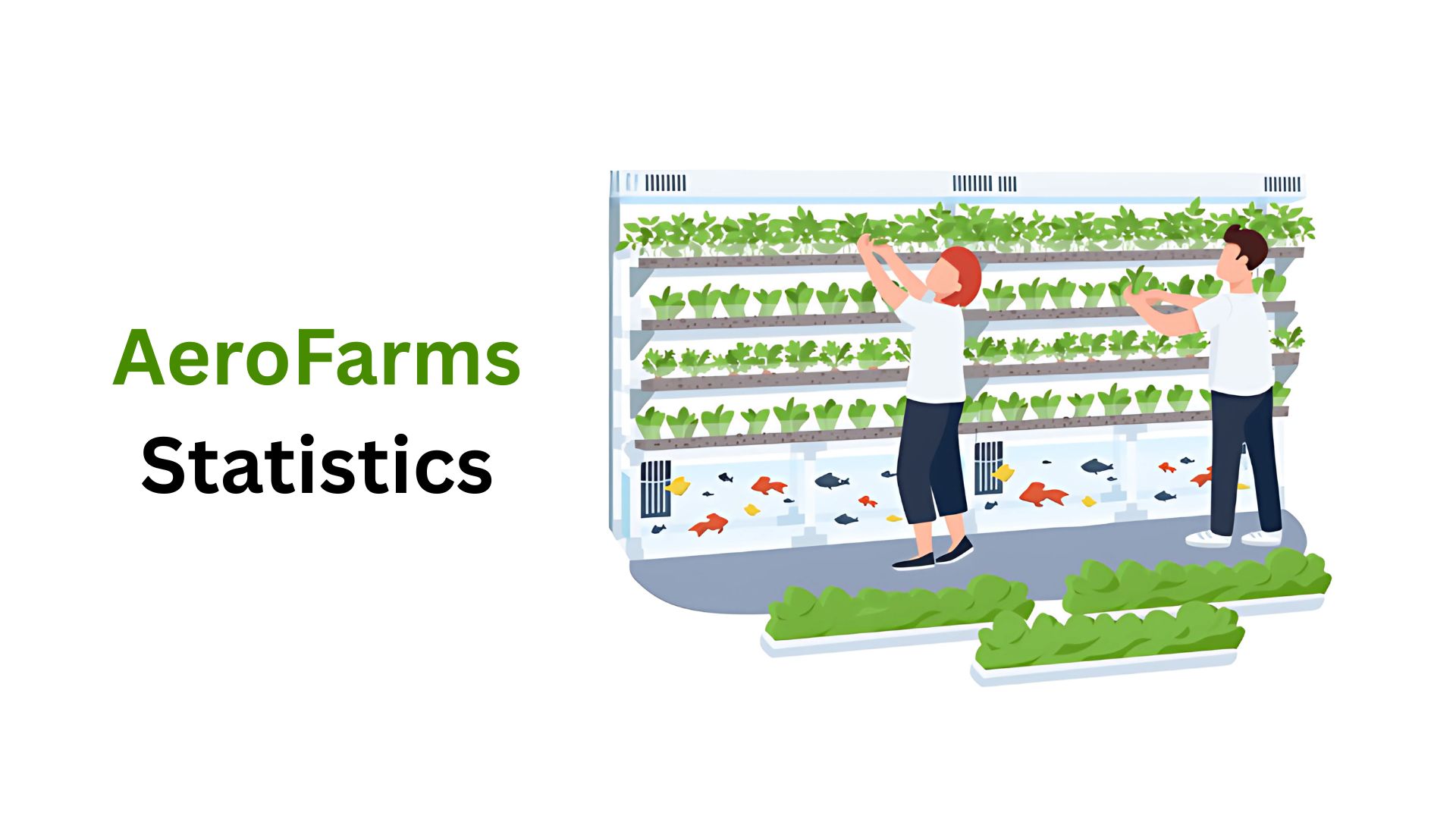PepsiCo Statistics By Revenue, Product, Advertising And Marketing (2025)

Updated · Aug 06, 2025

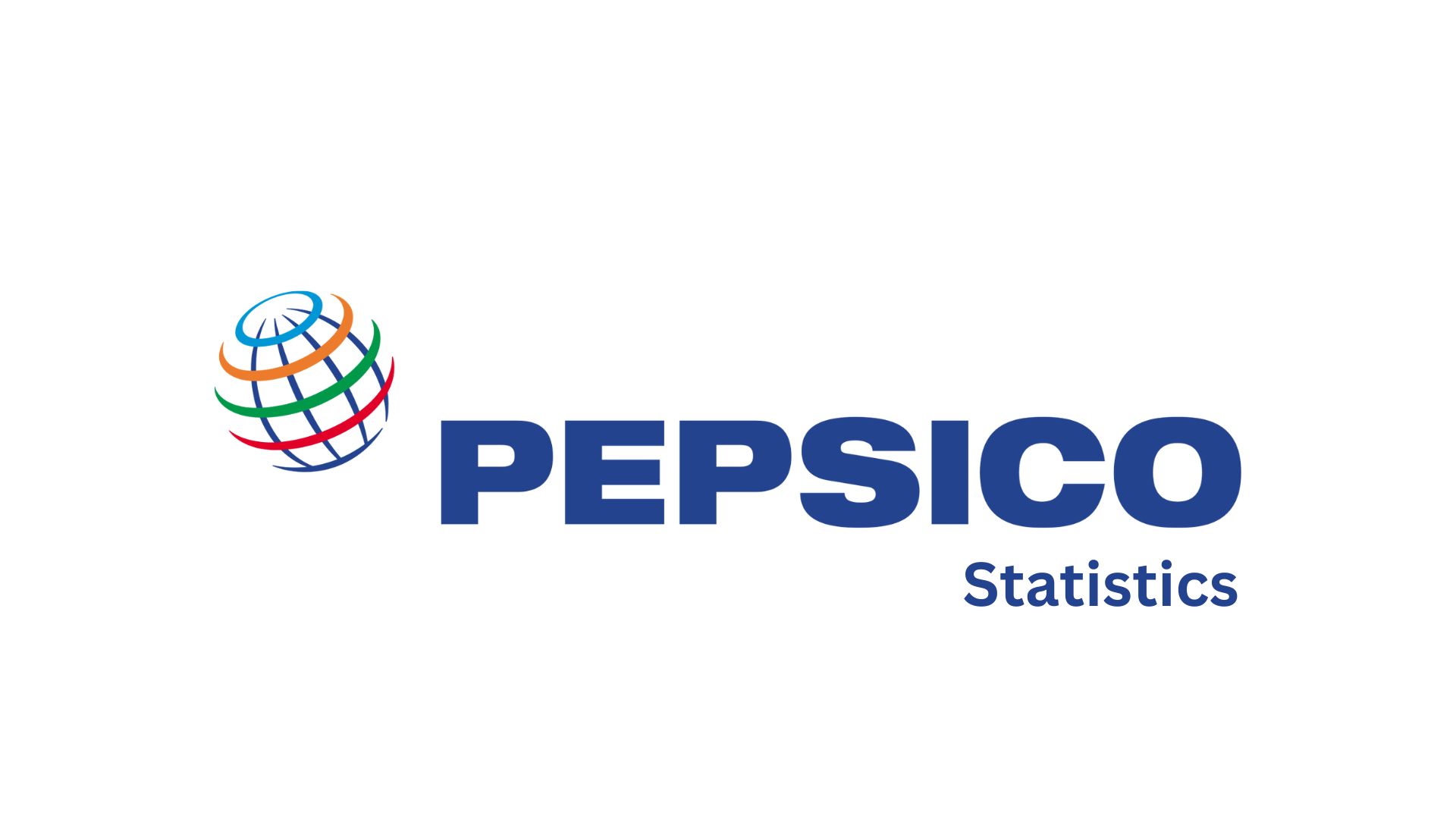
WHAT WE HAVE ON THIS PAGE
- Introduction
- Editor’s Choice
- Financial Performance and Revenue Trends
- Profitability and Margins
- Return and Capital Efficiency
- Regional Breakdown and International Performance
- Brand and Product Statistics
- Advertising and Marketing Spend
- Global Presence and Country-wise Revenue
- Supply Chain and Manufacturing Statistics
- Advertising, Sponsorships, and Marketing Statistics
- Research, Development, and Sustainability Statistics
- Conclusion
Introduction
Pepsico Statistics: When you think of PepsiCo, chances are your mind jumps straight to a chilled bottle of Pepsi or a crunchy packet of Lay’s. But what if I told you that PepsiCo is far more than just soft drinks and snacks?
Behind those iconic brands lies a numbers-driven empire that supports one of the world’s largest food and beverage companies. That’s exactly what this article is all about: Pepsico statistics that reveal the real story, told through data, performance metrics, and billion-dollar insights.
I’ve thoroughly reviewed the latest reports, revenue charts, market breakdowns, and operational statistics to provide you with a comprehensive understanding of the true scale of PepsiCo. From how much money they make to how many employees they have, which brands are winning globally, and how they’re adapting to health trends, this article covers everything.
So whether you’re a curious business pursuing student, an investor doing research, or just someone who wants to understand how this snack-and-soda company operates behind the scenes. Let’s break down Pepsico Statistics in the clearest, most interesting way. Let’s get started.
Editor’s Choice
- PepsiCo’s revenue hit $94.4 billion in 2024, with a net income of $9.1 billion, showing steady global growth through both beverages and snack foods, and strong financial resilience even in turbulent markets.
- The company operates with over 315,000 employees worldwide, delivering an impressive revenue per employee of nearly $299,000, reflecting its operational efficiency and employee productivity on a global scale.
- Frito-Lay alone contributes $23.3 billion annually, accounting for almost 25% of PepsiCo’s total revenue, making snacks a more dominant player than beverages in recent years.
- PepsiCo owns 23+ billion-dollar brands, including Lay’s, Gatorade, Doritos, Pepsi, and Tropicana, with most brands thriving in both developed and emerging markets.
- About 43% of the company’s total revenue comes from outside the U.S., proving PepsiCo’s significant international reach and adaptability across cultures, preferences, and regulatory environments.
- Health-conscious and low-calorie offerings now make up over 35% of the portfolio, with brands like Bubbly and Diet Pepsi rising in popularity due to consumer wellness trends.
- Gatorade commands 67% of the U.S. sports drink market, and zero-sugar beverages account for 24% of PepsiCo’s beverage revenue, indicating a shift in consumption patterns.
- The EBITDA sits at $16.7 billion, and the operating profit margin stands at 15.6%, giving the company both the financial strength and investor confidence for long-term development and growth.
- Quaker Foods generated $2.9 billion in 2024, proving that PepsiCo has retained strong consumer loyalty even in the highly competitive and health-centric breakfast category.
- PepsiCo returned over $7.6 billion to shareholders in dividends, highlighting not just growth, but also commitment to rewarding investors consistently.
| No. | Highlight | Details |
| 1 | Record Revenue |
PepsiCo earned $94.4 billion in revenue and $9.1 billion in net income in 2024. |
|
2 |
Global Workforce Strength | With 315,000+ employees, revenue per employee stands at around $299,000. |
| 3 | Frito-Lay’s Dominance |
Frito-Lay generated $23.3 billion, making it PepsiCo’s most profitable division. |
|
4 |
Billion-Dollar Brands | Owns 23+ brands that each generate over $1 billion annually, including Gatorade, Lay’s, and Pepsi. |
| 5 | International Revenue Contribution |
43% of total revenue now comes from markets outside the United States. |
|
6 |
Health & Wellness Shift | Health-oriented products make up over 35% of the product mix. |
| 7 | Gatorade & Zero-Sugar Surge |
Gatorade controls 67% of U.S. sports drink sales; zero-sugar drinks bring in 24% of beverage sales. |
|
8 |
Profitability Strength | EBITDA reached $16.7 billion, with a 15.6% operating margin in 2024. |
| 9 | Quaker’s Contribution |
Quaker Foods earned $2.9 billion, showing continued relevance in a competitive market. |
|
10 |
Shareholder Rewards |
Returned $7.6 billion to shareholders through dividends and buybacks. |
Financial Performance and Revenue Trends
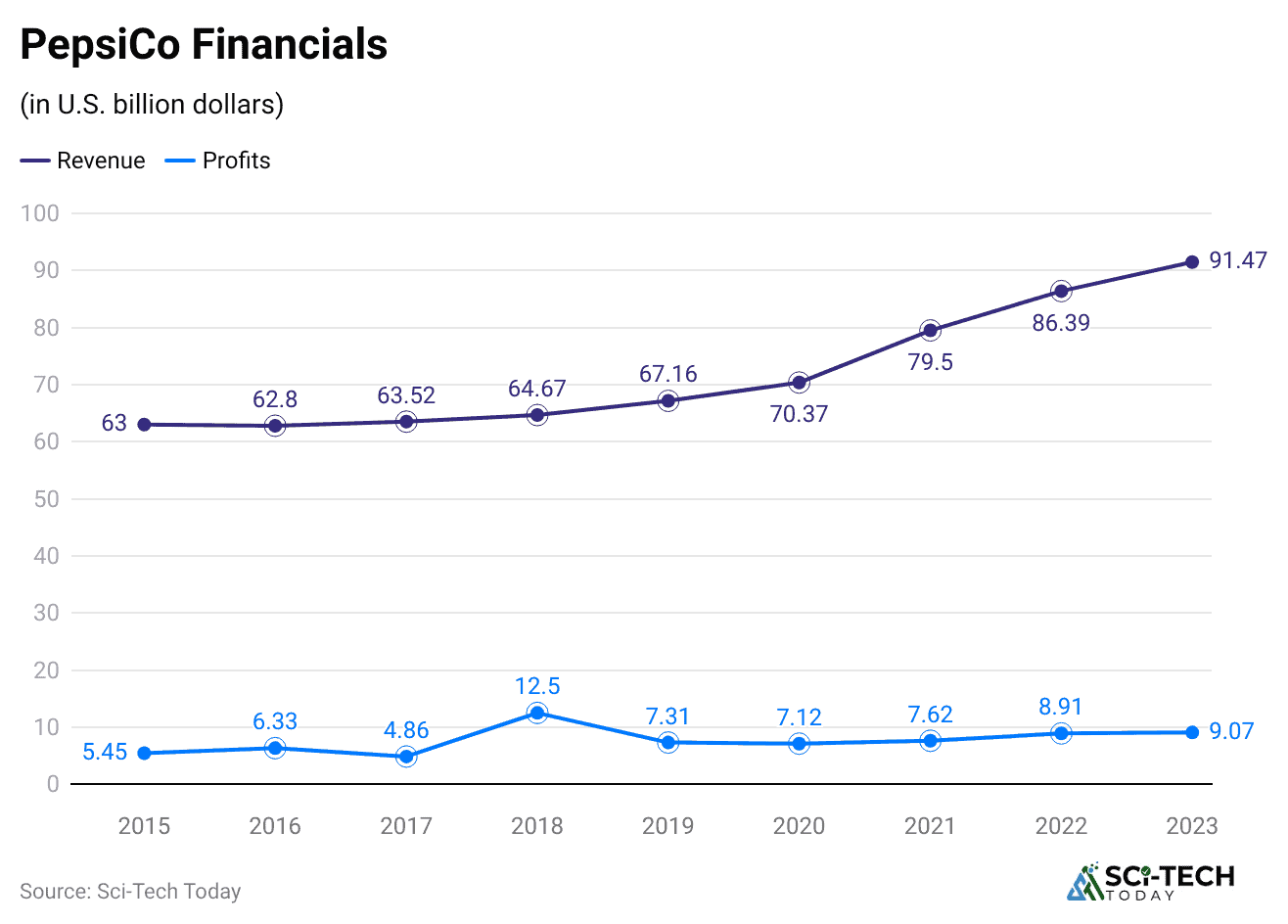
Understanding PepsiCo’s financial performance is crucial to gauge the company’s scale and strength in the global food and beverage industry. Over the years, PepsiCo has maintained steady revenue growth driven by its global snack and beverage segments, innovative product strategies, and a broad international presence.
- PepsiCo reported $91.85 billion in net revenue for the fiscal year 2024, showing a slight but consistent growth compared to $91.47 billion in 2023. This continued increase reflects the company’s stable pricing strategies and diverse product portfolio.
- From 2022 to 2024, revenue rose from $86.39 billion to $91.85 billion, representing a cumulative increase of over 6.3% in two years. Despite global inflation and economic uncertainties, PepsiCo maintained financial momentum through strong brand loyalty and demand resilience.
- In Q1 2025 alone, PepsiCo posted $17.92 billion in revenue, which represented a 1.81% decrease compared to Q1 2024. This dip was attributed to weaker volumes in certain global markets but was partially offset by price increases.
- The company’s Q4 2024 revenue stood at $27.78 billion, showing a minor year-over-year dip of 0.24%, reflecting seasonally strong performance in North America and development-driven holiday sales campaigns.
- PepsiCo’s Q2 2024 revenue reached approximately $22.50 billion, showing a modest 0.80% increase from the previous year. This was driven by stronger international performance, especially in Latin America and AMESA (Africa, Middle East, South Asia).
- Q3 2024 revenue was reported at $23.32 billion, experiencing a small decline of 0.57% from Q3 2023. This fluctuation was influenced by softer beverage volumes in the U.S., which were counterbalanced by an increased focus on zero-sugar options and premium snacks.
- Region-wise, Frito-Lay North America (FLNA), which includes major snack brands like Lay’s and Doritos, contributed 27% of the company’s total revenue in 2024. This segment continues to thrive due to high margins and consumer preference for convenient foods.
- PepsiCo Beverages North America (PBNA) contributed 30% of overall revenue, marking it the largest division by revenue share. However, its margins are lower than snacks, putting more focus on product mix improvement and packaging development.
- The Latin America division accounted for 13% of total revenue, Europe for 15%, AMESA for 7%, and Asia Pacific (including China) for 5% in 2024. These regions are expected to drive long-term growth through expansion in emerging markets.
- As of 2024, PepsiCo’s revenue composition is split as 58% from food products and 42% from beverages. This balance has remained consistent for the past three years, indicating stable performance across both segments.
| Year/Quarter | Net Revenue (USD) | Year-over-Year Change | Key Drivers |
| FY 2024 | $91.85 billion | +0.42% | Strong pricing, international markets |
| FY 2023 | $91.47 billion | +5.88% | Resilient demand, development in snacks |
| FY 2022 | $86.39 billion | +8.70% | Post-pandemic recovery, new product launches |
| Q1 2025 | $17.92 billion | –1.81% | Softer beverage volumes |
| Q2 2024 | $22.50 billion | +0.80% | Growth in Latin America and AMESA |
| Q3 2024 | $23.32 billion | –0.57% | Decline in U.S. beverages |
| Q4 2024 | $27.78 billion | –0.24% | Strong seasonal snack performance |
| FLNA (2024) | 27% of the total | Core snack division | |
| PBNA (2024) | 30% of the total | Largest revenue share, lower margin | |
| Food vs Beverage | 58% / 42% | Stable ratio | Consistent product line strength |
Profitability and Margins
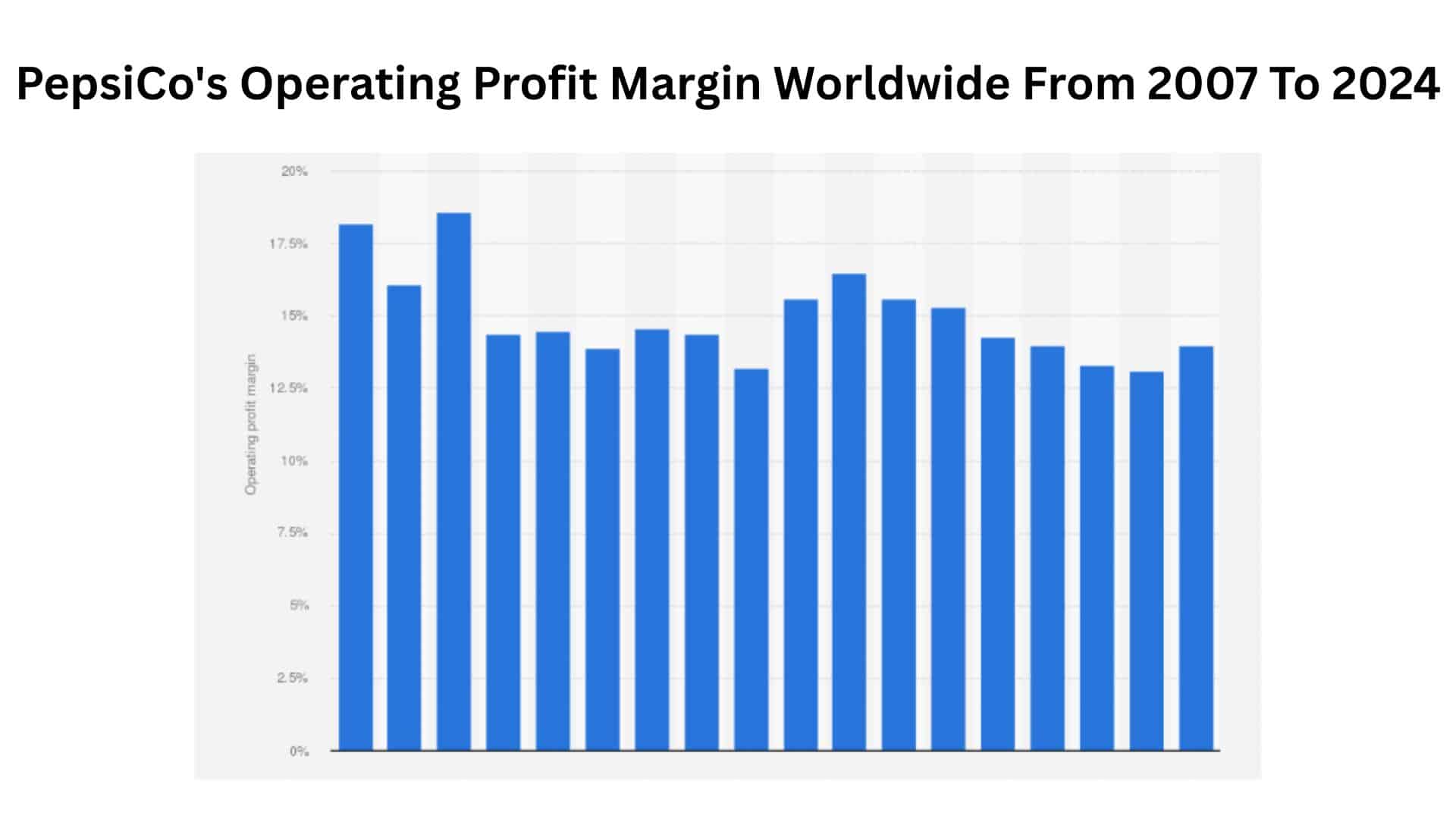
Profitability is where we see the true financial strength of PepsiCo. Beyond just revenue, how efficiently a company turns its sales into profits shows whether the business is growing sustainably. PepsiCo consistently posts solid margins, indicating its strong control over costs and efficient operations.
- PepsiCo’s net income for the full year 2024 was $9.578 billion, up from $9.074 billion in 2023. This nearly 5.5% increase was due to effective cost management and successful premium product launches in multiple regions.
- The company’s operating income for 2024 reached $12.89 billion, representing a growth of more than 4% compared to 2023. Despite inflationary pressures, PepsiCo maintained control over production and logistics costs.
- PepsiCo’s gross profit margin stood at 54.55% in 2024, meaning that for every dollar it earned, more than 54 cents remained after direct production costs. This is a sign of solid pricing power and supply chain efficiency.
- The net income margin was recorded at 10.43% in 2024, showing that over 10 cents from every dollar of revenue translated into profit. It reflects PepsiCo’s effective balance between operating costs and growth investments.
- The operating income margin in 2024 was 14.03%, demonstrating the company’s strong ability to turn core operations into profits. This margin has remained relatively steady over recent years, a positive sign of long-term consistency.
- Earnings per share (EPS) in 2024 came in at $6.95, up from $6.42 in 2023. EPS reflects the amount of profit allocated to each outstanding share and is a major indicator for shareholders.
- On a core basis, excluding one-time charges, PepsiCo’s EPS for 2024 was $8.16, beating analysts’ expectations. This strong performance made the stock more attractive even during market slowdowns.
- PepsiCo’s free cash flow in 2024 was $7.53 billion, which is slightly down by 7% compared to the previous year. The dip was mainly due to increased capital expenditures and working capital changes.
- The company spent $5.318 billion in capital expenditures during 2024 to expand production, upgrade technologies, and improve sustainability practices. This was a strategic move to secure long-term growth, despite a slight reduction from 2023 levels.
- PepsiCo managed to maintain solid profitability despite headwinds like currency fluctuations, raw material cost increases, and global shipping delays. Their brand strength, development in packaging, and high-margin snack business cushioned the impact.
| Metric | 2024 Value | Change vs 2023 | Highlights |
| Net Income | $9.578 billion | +5.5% | Improved cost control, global product strategy |
| Operating Income | $12.89 billion | +4% | Strong performance in North America |
| Gross Profit Margin | 54.55% | Stable | Healthy pricing and supply chain efficiency |
| Net Income Margin | 10.43% | Slight increase | Profitable core operations |
| Operating Income Margin | 14.03% | Steady | Balanced cost and revenue |
| Reported EPS | $6.95 | +8.3% | Reflects strong shareholder value |
| Core EPS | $8.16 | Above forecast | Beats expectations despite cost headwinds |
| Free Cash Flow | $7.53 billion | –7% | Affected by higher CapEx and working capital |
| Capital Expenditures | $5.318 billion | –4% | Growth-focused investments |
| Financial Outlook | Positive | Margin resilience | Managed external pressures with solid execution |
Return and Capital Efficiency
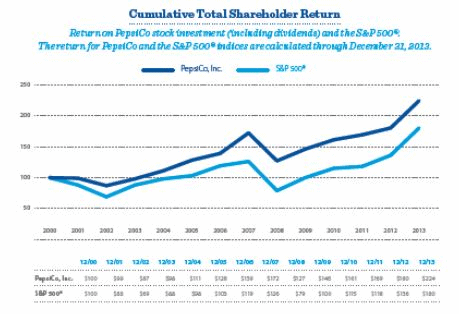
Capital efficiency tells us how well PepsiCo is using its resources to generate returns. This includes return on equity, assets, and how its debt and investments impact long-term growth. It’s one of the best ways to understand the quality of management and financial discipline in a company of this scale.
- In 2024, PepsiCo delivered a return on equity (ROE) of 53.09%, one of the highest in the consumer goods sector. This indicates that for every dollar of shareholder equity, the company generated over 53 cents in net income.
- The company’s return on assets (ROA) stood at 9.63%, showing efficient use of total assets. A near-10% ROA is strong for a company with such a massive global infrastructure and product distribution network.
- PepsiCo’s return on invested capital (ROIC) was approximately 18.2% in 2024, signaling its ability to create value from every dollar invested in operations. This ratio reassures investors that the capital deployed is returning high gains.
- The company had a debt-to-equity ratio of 2.49 (or 249.14%), highlighting its strategy of operating with significant leverage. While high, this level is considered manageable due to its stable cash flows and market dominance.
- PepsiCo’s total debt stood at around $40.6 billion in 2024, with the majority being long-term borrowings. This long-term debt structure gives the company breathing room to manage repayments and finance large initiatives over time.
- Interest coverage ratio (EBIT/interest expense) was approximately 8.3×, which means PepsiCo earned over eight times its interest obligations. This makes its debt levels sustainable and shows strong earnings to cover liabilities.
- Enterprise Value (EV) reached approximately $246.36 billion in 2024, showing how the market values PepsiCo when both equity and debt are factored in. It’s a vital indicator for those analyzing the company as an acquisition target or for long-term investment.
- The company’s EV-to-Revenue ratio was around 2.68×, suggesting that investors are willing to pay nearly three times the revenue for the entire company. This ratio aligns with high-margin and stable-growth companies like PepsiCo.
- EV-to-EBITDA stood at 14.77×, indicating how the market values PepsiCo based on its core earnings before interest, taxes, depreciation, and amortization. This multiple is consistent with other global FMCG leaders.
- Despite significant leverage, PepsiCo maintains solid liquidity and flexibility in capital allocation. This allows it to reinvest in the business, return cash to shareholders, and expand its portfolio without compromising financial health.
| Metric | 2024 Value | Highlights |
| Return on Equity (ROE) | 53.09% | Strong shareholder returns |
| Return on Assets (ROA) | 9.63% | Efficient use of company-wide resources |
| Return on Invested Capital | 18.2% | Healthy return from operational investments |
| Debt-to-Equity Ratio | 2.49 (249%) | High leverage but manageable |
| Total Debt | $40.6 billion | Long-term debt focused |
| Interest Coverage Ratio | 8.3× | Strong earnings-to-debt servicing ratio |
| Enterprise Value (EV) | $246.36 billion | Comprehensive market valuation |
| EV/Revenue Ratio | 2.68× | Premium valuation for consistent performance |
| EV/EBITDA Ratio | 14.77× | Strong profitability relative to core earnings |
| Capital Flexibility | High | Enables dividends, expansion, and reinvestment |
Regional Breakdown and International Performance
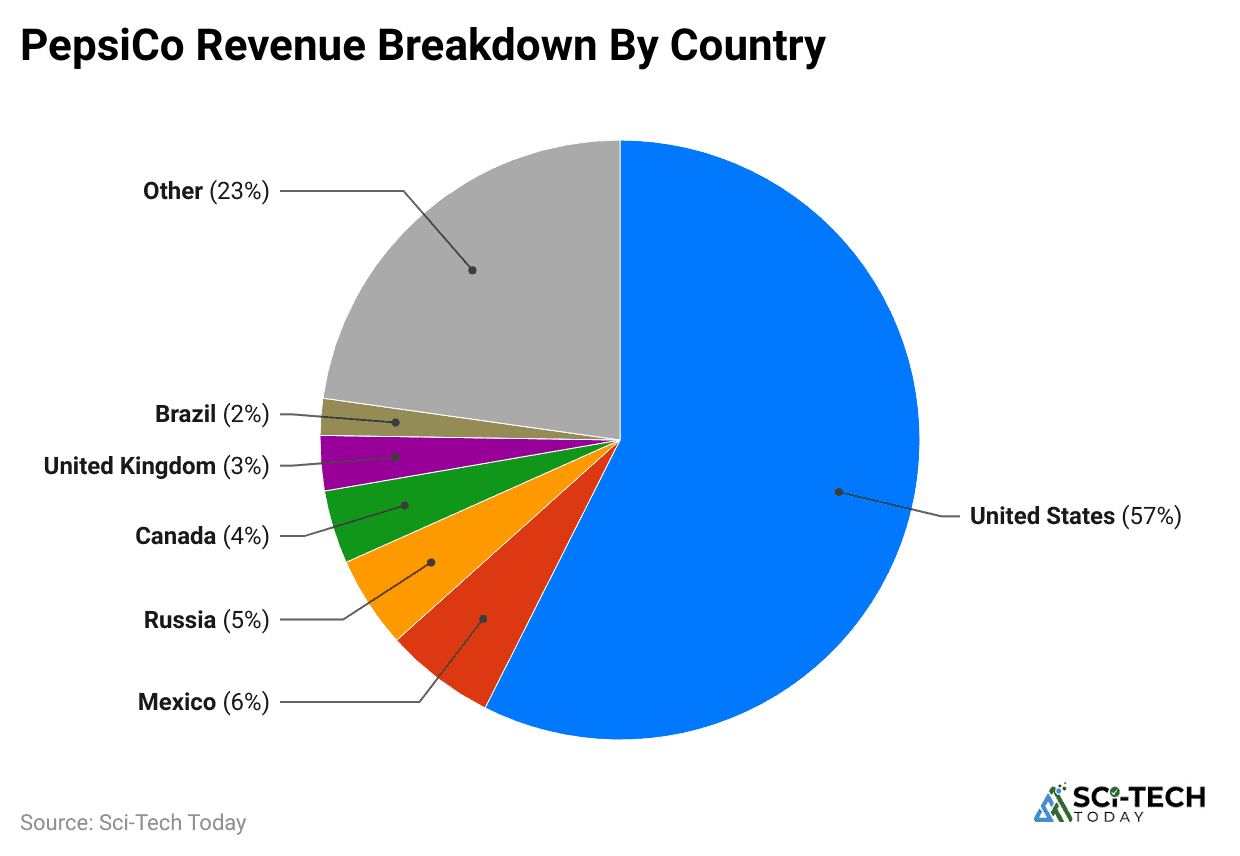
PepsiCo operates in over 200 countries and territories, making its regional performance critical to understanding the full picture. From North America to Latin America and Asia-Pacific, each region plays a distinct role in the company’s global strategy and revenue stream.
- North America remains PepsiCo’s largest market, contributing over $51.5 billion in net revenue in 2024. This region includes the United States and Canada, which account for nearly 60% of total company sales.
- Europe generated about $13.8 billion in revenue, making it the second-largest region for PepsiCo. Despite economic challenges and inflation, growth remained stable due to the popularity of Lay’s, Pepsi Max, and Tropicana.
- Latin America showed revenue of $9.5 billion in 2024, driven by strong sales of snack products and increasing demand for affordable beverages. Mexico remains a key contributor within this region.
- Africa, the Middle East, and South Asia (AMESA) brought in about $6.8 billion in revenue. Countries like India, Egypt, and Pakistan continue to be strategic due to young populations and growing middle-class demand.
- Asia Pacific, Australia, New Zealand, and China (APAC) produced $7.4 billion in revenue, with China and India as primary growth engines. PepsiCo has been investing heavily in these markets, especially with localized product offerings.
- In India alone, revenue crossed the $2 billion mark in 2024, driven by products like Kurkure, Mountain Dew, and 7UP. PepsiCo India’s investment in rural and tier-2 city distribution paid off significantly.
- China remains one of the most promising markets, with over $1.6 billion in 2024 revenue. The company focuses on low-calorie beverages and local snack developments to align with consumer preferences.
- Russia was previously a strong market, but due to the 2022 Ukraine conflict, PepsiCo scaled down its operations there. It still maintains some essential product sales but no longer advertises or invests in the region.
- PepsiCo’s revenue from developing and emerging markets contributes around 40% of total revenue, reflecting the company’s future-oriented strategy. Growth in these markets often exceeds 8 to 10% annually.
- The company’s region-based developments, like Sabra hummus in the Middle East, spicy flavors in India, and green tea-infused drinks in Asia, ensure PepsiCo stays culturally relevant and competitive.
| Region | 2024 Revenue | Key Highlights |
| North America | $51.5 billion | Largest market; includes the U.S. and Canada |
| Europe | $13.8 billion | Stable sales with snack and health-focused product dominance |
| Latin America | $9.5 billion | Strong snack segment growth; Mexico is key |
| Africa, Middle East, South Asia (AMESA) | $6.8 billion | Young populations: India plays a strategic role |
| Asia Pacific & China (APAC) | $7.4 billion | Growth in China, India, and Southeast Asia |
| India | $2+ billion | Driven by localized snacks and an expanding rural footprint |
| China | $1.6 billion | Focus on healthy beverage options and made products |
| Russia | Reduced Presence | Limited operations due to geopolitical decisions |
| Emerging Markets Total Share | 40% | Major contributor to growth and future potential |
| Region-Specific developments | High | Products made for cultural and regional preferences |
Brand and Product Statistics
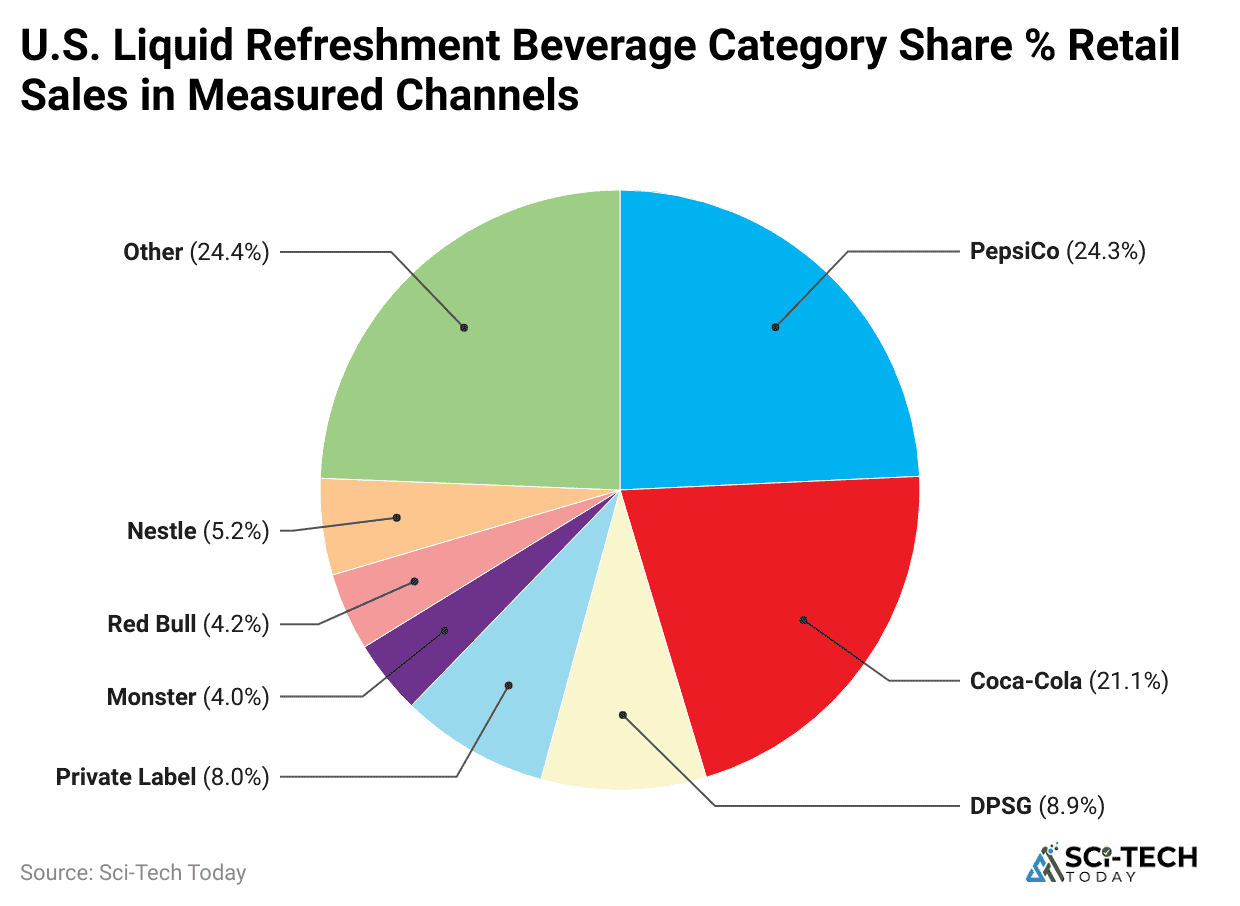
PepsiCo owns over 20 billion-dollar brands that span beverages, snacks, cereals, and nutrition. Each brand plays a critical role in the company’s portfolio, either as a global leader or a region-specific favorite.
- Pepsi, the flagship cola brand, generated nearly $12 billion in global sales in 2024, maintaining its position as Coca-Cola’s closest competitor. Despite declining soda consumption in developed markets, Pepsi holds strong in emerging economies.
- Gatorade leads the global sports drink market, with annual revenue exceeding $6.5 billion. The brand has a 67% market share in the U.S. and continues to grow globally with new product developments like Gatorade Fit.
- Lay’s is PepsiCo’s top-selling snack brand, with estimated yearly sales of around $13 billion across more than 100 countries. Lay’s dominates many regional markets with flavor adaptations like Masala Magic in India and Paprika in Europe.
- Doritos posted revenue of $4.6 billion in 2024, thanks to strong youth-focused marketing and viral campaigns. It remains one of the most popular chip brands globally, especially in North America and Europe.
- Quaker Oats contributed $2.9 billion to PepsiCo’s earnings, with steady demand for cereals, oats, and health-based breakfast items. The brand plays a pivotal role in the company’s wellness and nutrition strategy.
- Mountain Dew generated $9.3 billion in global sales, with dominant popularity in the U.S., India, and the Middle East. The brand has created a loyal fan base through its bold flavors and gamer-oriented campaigns.
- Tropicana reported annual sales of $3.8 billion, making it a leading player in the juice market. Although PepsiCo sold its majority stake in Tropicana North America in 2021, it still retains international rights and benefits from brand equity.
- Cheetos earned approximately $4.1 billion in revenue in 2024, with rapid growth in India, China, and Latin America. Flamin’ Hot Cheetos remain a cultural phenomenon, particularly in youth segments.
- 7UP, licensed by PepsiCo outside the U.S., contributed around $2.5 billion in international revenue. It holds strong positions in India, the Middle East, and parts of Southeast Asia, often outperforming local soda alternatives.
- Kurkure, a regionally strong snack brand in India, crossed $1.2 billion in sales in 2024. Its localized flavors and affordable pricing have made it a favorite in semi-urban and rural regions.
| Brand | 2024 Revenue | Market Strength & Notes |
| Pepsi | $12 billion | Flagship beverage; strong in emerging markets |
| Gatorade | $6.5 billion | Market leader in sports drinks; 67% U.S. share |
| Lay’s | $13 billion | No.1 snack brand; globally made flavors |
| Doritos | $4.6 billion | Viral appeal; strong youth-focused campaigns |
| Quaker Oats | $2.9 billion | Health & nutrition core segment |
| Mountain Dew | $9.3 billion | Popular in the U.S., India, Middle East |
| Tropicana | $3.8 billion | Leading juice brand internationally |
| Cheetos | $4.1 billion | Global expansion; Flamin’ Hot variant popular worldwide |
| 7UP (Intl.) | $2.5 billion | Strong international performance; owned outside the U.S. |
| Kurkure | $1.2 billion | India-focused; culturally relevant and affordable |
Advertising and Marketing Spend
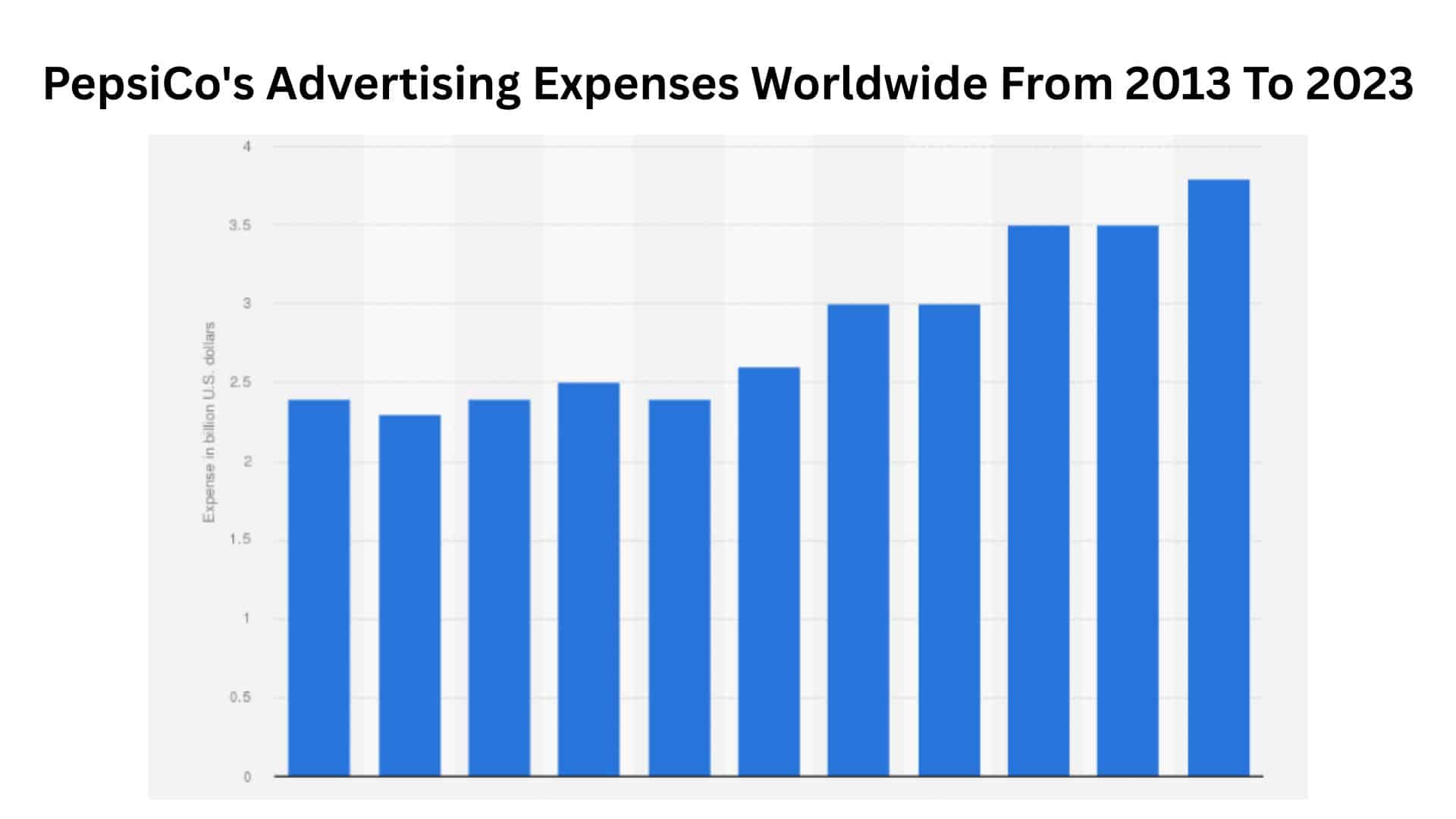
PepsiCo is one of the world’s biggest spenders when it comes to advertising and branding. From Super Bowl commercials to global sponsorships, its marketing investments are strategic and focused on brand value retention.
- PepsiCo spent approximately $4.1 billion on advertising and marketing globally in 2024. This includes traditional ads, digital campaigns, sponsorships, and promotions across its wide brand portfolio.
- Around 42% of the total marketing budget is allocated to North America, where competition is highest. Beverage wars with Coca-Cola require consistent brand presence on TV, social media, and outdoor platforms.
- PepsiCo invests over $500 million annually in sports sponsorships, including deals with the NFL, UEFA Champions League, and IPL. These events offer global exposure and brand association with entertainment and lifestyle.
- The company spent $700 million on digital advertising in 2024, which is a 15% increase compared to 2023. It focuses heavily on Gen Z and Millennials through Instagram, YouTube, and influencer marketing.
- Celebrity endorsements remain a cornerstone, with stars like Beyoncé, Messi, Bad Bunny, and Salman Khan (India) helping PepsiCo stay culturally relevant. These campaigns bring in global buzz and significant ROI.
- Super Bowl ads alone cost PepsiCo over $60 million each year, with many of their commercials ranked among the most-watched and most-discussed in social media trends annually.
- Pepsi’s “Better with Pepsi” campaign in 2024 gained over 800 million digital impressions worldwide. It was designed to tie the brand to food experiences, particularly burgers and pizzas.
- Gatorade’s marketing strategy includes athlete-led branding, with sponsorship deals involving stars like Serena Williams and Lionel Messi. The brand spent more than $200 million in 2024 on performance marketing.
- Cheetos, Doritos, and Lay’s rely heavily on quirky, youth-centric advertising, with TikTok being a major channel for brand engagement. Doritos’ “Bold Flavor” challenge got over 500 million views on TikTok last year.
- PepsiCo’s marketing return on investment (MROI) for digital campaigns is estimated at 165%, showing high efficiency in targeting specific demographics with creative ads.
| Marketing Segment | Estimated 2024 Spend | Key Highlights |
| Total Global Marketing Spend | $4.1 billion | Includes digital, TV, print, sponsorships, and endorsements |
| North America Focus | $1.72 billion | 42% of total spend targeted at competitive U.S./Canada markets |
| Sports Sponsorships | $500 million+ | NFL, UEFA, IPL among major global partnerships |
| Digital Advertising | $700 million | YouTube, TikTok, Instagram, and influencer tie-ins |
| Super Bowl Ads | $60 million+ | High-visibility commercials with massive reach |
| Celebrity Endorsements | $300 million+ | Involves global stars and regional celebrities |
| Pepsi Campaign Reach | 800 million impressions | “Better with Pepsi” drove huge global engagement |
| Gatorade Athlete Marketing | $200 million+ | Leveraging sports science and top athletes |
| Youth-Oriented Campaigns | $150 million+ | Doritos, Cheetos are active on TikTok and Reels |
| Digital MROI | 165% | Strong returns via targeted ad spend |
Global Presence and Country-wise Revenue
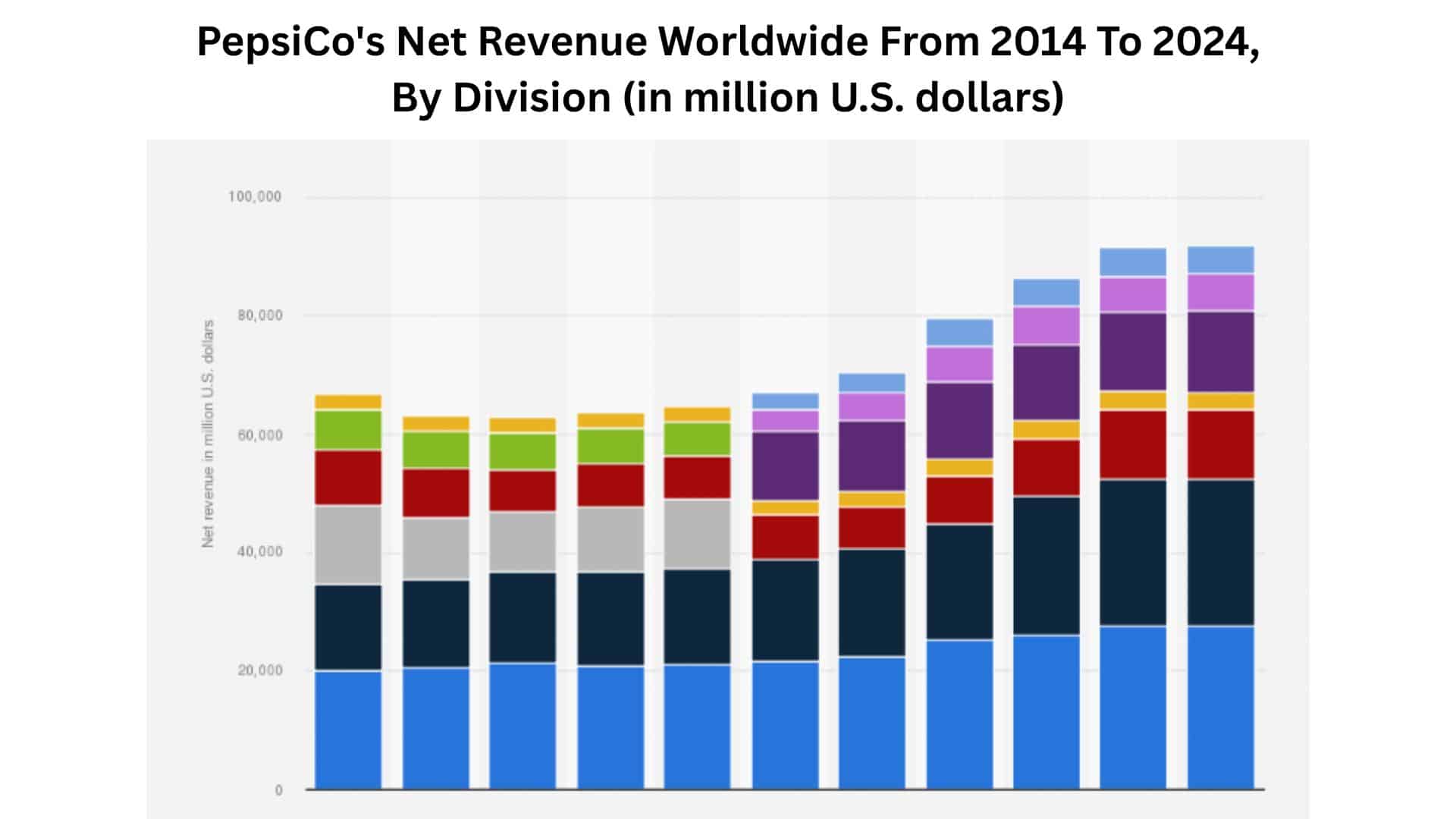
PepsiCo is a global powerhouse with operations in more than 200 countries and territories. Each region contributes differently to its financial success, influenced by local preferences, economic conditions, and competition.
- PepsiCo earned over $91.4 billion in net revenue globally in 2024. The revenue was distributed across its beverage and convenience foods business, spanning developed and emerging markets.
- North America contributed approximately $49.6 billion in revenue, making it the largest market for PepsiCo. The U.S. alone accounted for over 50% of global revenue due to brand loyalty and strong retail partnerships.
- Latin America generated nearly $9.1 billion in 2024, showing consistent growth driven by increasing demand for Lay’s, Doritos, and Pepsi products across Mexico, Brazil, and Argentina.
- Europe brought in around $13.3 billion, where PepsiCo’s snack segment performed particularly well. Countries like the U.K., Russia, and Spain are major contributors despite economic volatility.
- Asia Pacific, Australia, New Zealand, and China (APAC) collectively generated $7.9 billion. Strong consumption in China and India continues to push this region upward.
- India is a key emerging market, with PepsiCo India reporting a double-digit volume growth in 2024. Lay’s, Kurkure, and Mountain Dew are leading contributors to growth in both urban and rural markets.
- Middle East and Africa contributed approximately $4.3 billion, with increasing brand penetration in Gulf countries, Egypt, and South Africa. Strong ties with local bottlers help scalability.
- In China alone, PepsiCo generated more than $2.6 billion in revenue in 2024, benefitting from expanding retail partnerships and a wide snack distribution network.
- The U.K. is one of PepsiCo’s top three European markets, contributing over $1.8 billion. Walkers crisps dominate the salty snack market, and Pepsi Max holds a strong market share.
- PepsiCo’s international operations accounted for nearly 46% of total revenue, underlining the company’s heavy global diversification and its insulation from single-market risks.
| Region/Market | 2024 Revenue Estimate | Notable Highlights |
| North America | $49.6 billion | Largest contributor: strong beverage and snack sales |
| Latin America | $9.1 billion | Growth in Mexico, Brazil, snacks in high demand |
| Europe | $13.3 billion | Walkers, Doritos, and beverages see strong retail shelf presence |
| Asia Pacific (incl. China, India, ANZ) | $7.9 billion | Driven by India’s rural push and China’s urban distribution |
| Middle East & Africa | $4.3 billion | Rising sales in the GCC, Egypt, and South Africa |
| India (within APAC) | Estimated $1.2 billion | Mountain Dew, Kurkure, and Lay’s growth in tier-2/3 cities |
| China (within APAC) | $2.6 billion+ | Strategic alliances and retail expansion aid performance |
| United Kingdom (within Europe) | $1.8 billion | Home to Walkers and Pepsi Max; strong snack market |
| Rest of World (smaller markets combined) | $5.1 billion (approx.) | Includes Africa, SE Asia, CIS countries, and Latin American outliers |
| International Revenue Share | 46% of the total | Nearly half of PepsiCo’s income is from non-U.S. markets |
Supply Chain and Manufacturing Statistics
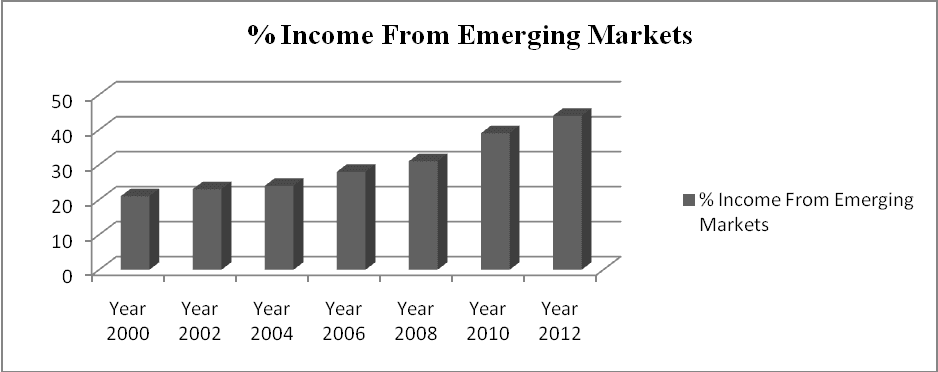
PepsiCo operates one of the most extensive supply chains in the global food and beverage industry. It spans from sourcing raw materials like potatoes, corn, and sugar to manufacturing, bottling, and delivering millions of products every day.
- PepsiCo has over 290 manufacturing plants globally, strategically located across continents to reduce transportation time and costs while increasing freshness.
- The company operates through more than 1,100 distribution centers worldwide, enabling efficient last-mile delivery to stores, restaurants, and vending machines.
- In 2024, PepsiCo produced over 30 billion liters of beverages, ranging from Pepsi, Mirinda, and Mountain Dew to Lipton teas and Tropicana juices.
- The food segment produced approximately 14 million metric tons of snacks in 2024, including Lay’s, Cheetos, and Quaker products, making it one of the largest snack producers globally.
- PepsiCo partners with over 700 third-party logistics providers, who manage freight, warehousing, and delivery in local markets with precision and adaptability.
- PepsiCo Bottling Group (PBG) handles a major chunk of the beverage manufacturing, with operations across North America and in key international markets like Mexico and Russia.
- In India, PepsiCo owns 63 cold drink manufacturing units and 38 snack plants, which are part of its Make-in-India initiative and local job creation programs.
- To enhance sustainability, 33% of PepsiCo’s manufacturing plants are LEED-certified, showing compliance with eco-friendly building and energy standards.
- PepsiCo uses over 27,000 trucks globally for product distribution, including electric and hybrid vehicles in pilot programs to reduce emissions.
- The company tracks logistics and production performance using 350+ real-time dashboards and IoT sensors, ensuring quality control, inventory management, and predictive maintenance.
| Parameter | 2024 Value or Estimate | Highlights |
| Total Manufacturing Plants | 290+ | Spread across all major continents |
| Distribution Centers | 1,100+ | Ensures widespread market penetration |
| Beverages Produced | 30+ billion liters | Pepsi, Mountain Dew, Lipton, Gatorade |
| Snack Foods Produced | 14 million metric tons | Lay’s, Cheetos, Kurkure, Quaker |
| 3PL Partnerships | 700+ | Logistics and delivery are handled globally |
| Trucks Used | 27,000+ | Including electric vehicles in key regions |
| India Manufacturing Units | 100+ (beverage and food) | Rapid expansion and local employment support |
| LEED-Certified Facilities | 33% of plants | Focus on sustainability and green manufacturing |
| IoT Dashboards and Logistics Monitors | 350+ real-time systems | Used to maintain production quality and uptime |
| Bottling Group Operations | Extensive (esp. North America) | Covers major bottling for Pepsi drinks |
Advertising, Sponsorships, and Marketing Statistics
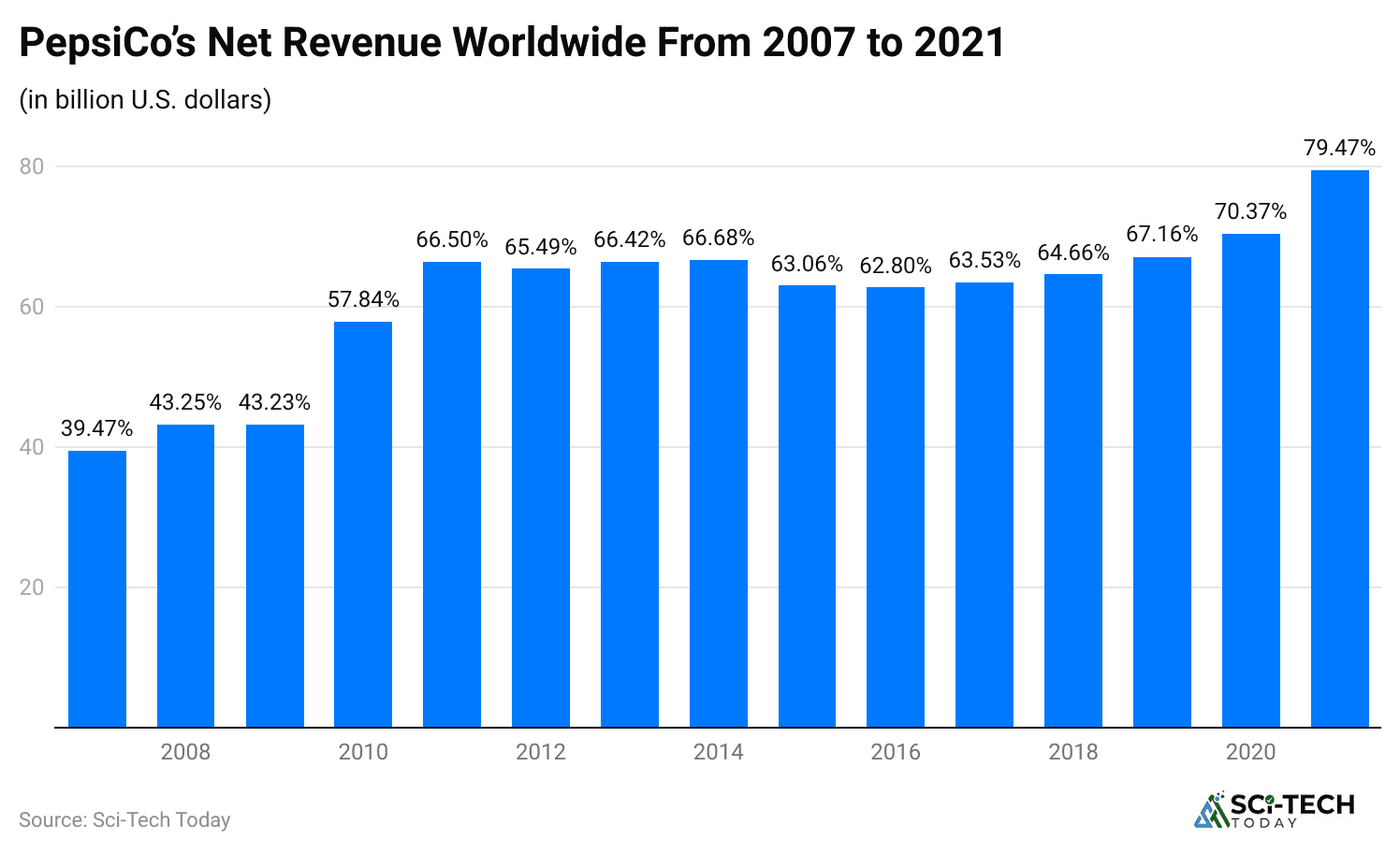
PepsiCo is globally renowned for its marketing might. Whether through Super Bowl ads or tie-ups with celebrities, the brand invests billions annually to stay at the top of consumers’ minds.
- PepsiCo spent approximately $4.1 billion on advertising and marketing in 2024, making it one of the largest marketing spenders among food and beverage companies.
- The company has consistently ranked in the top 5 of global advertisers in the food and beverage segment, thanks to its presence in over 200 countries.
- Pepsi’s Super Bowl commercials cost up to $7 million per 30-second slot in 2024, showcasing the brand’s willingness to pay top dollar for high-impact visibility.
- The company’s long-standing sponsorship with the UEFA Champions League was renewed until 2027, covering multiple PepsiCo brands including Lay’s, Doritos, and Pepsi Max.
- Gatorade remains a key sports-focused brand under PepsiCo, sponsoring more than 60 pro-athletes and teams, including Serena Williams, Lionel Messi, and various NFL franchises.
- PepsiCo’s digital marketing saw a 22% YoY increase in investment during 2024, with heavy focus on TikTok, Instagram, and YouTube influencer campaigns.
- The Lay’s ‘Smiles’ campaign in 2024 featured real people on chip packets, driving over 400 million impressions globally and winning awards for social impact.
- In India, PepsiCo launched ‘Pepsi Swag’ with Bollywood actor Ranveer Singh, capturing over 3.2 billion impressions in just 4 weeks, especially among Gen Z audiences.
- Quaker’s ‘Start Healthy’ ad series contributed to a 14% sales lift in North America, proving the effectiveness of lifestyle-oriented campaigns.
- PepsiCo allocates around 6% of its annual net revenue towards brand marketing and promotions, ensuring its products remain highly visible across all markets.
| Metric | 2024 Value or Insight | Highlights |
| Annual Marketing Spend | $4.1 billion | Major investment in traditional and digital advertising |
| Super Bowl Ad Cost | $7 million (30-sec spot) | Most-watched platform for Pepsi’s high-profile campaigns |
| Sponsorship: UEFA Champions League | Renewed until 2027 | Includes multiple snack and beverage brands |
| Celebrity Partnerships | 60+ global athletes & artists | Includes Lionel Messi, Bad Bunny, Serena Williams |
| Digital Marketing Spend Growth | +22% YoY | TikTok, Instagram, and YouTube are dominant platforms |
| India Campaign Impact | 3.2 billion impressions | Pepsi Swag with Ranveer Singh targeted Gen Z |
| Lay’s ‘Smiles’ Campaign Reach | 400 million+ impressions | Real-people packaging with a social cause |
| Share of Revenue on Marketing | 6% | An aggressive marketing strategy to stay competitive |
| Gatorade Sponsorships | Global athletes and teams | Major focus on health-conscious and fitness-centric consumers |
| Quaker Campaign Sales Uplift | 14% increase | Health positioning worked well with North American audiences |
Research, Development, and Sustainability Statistics
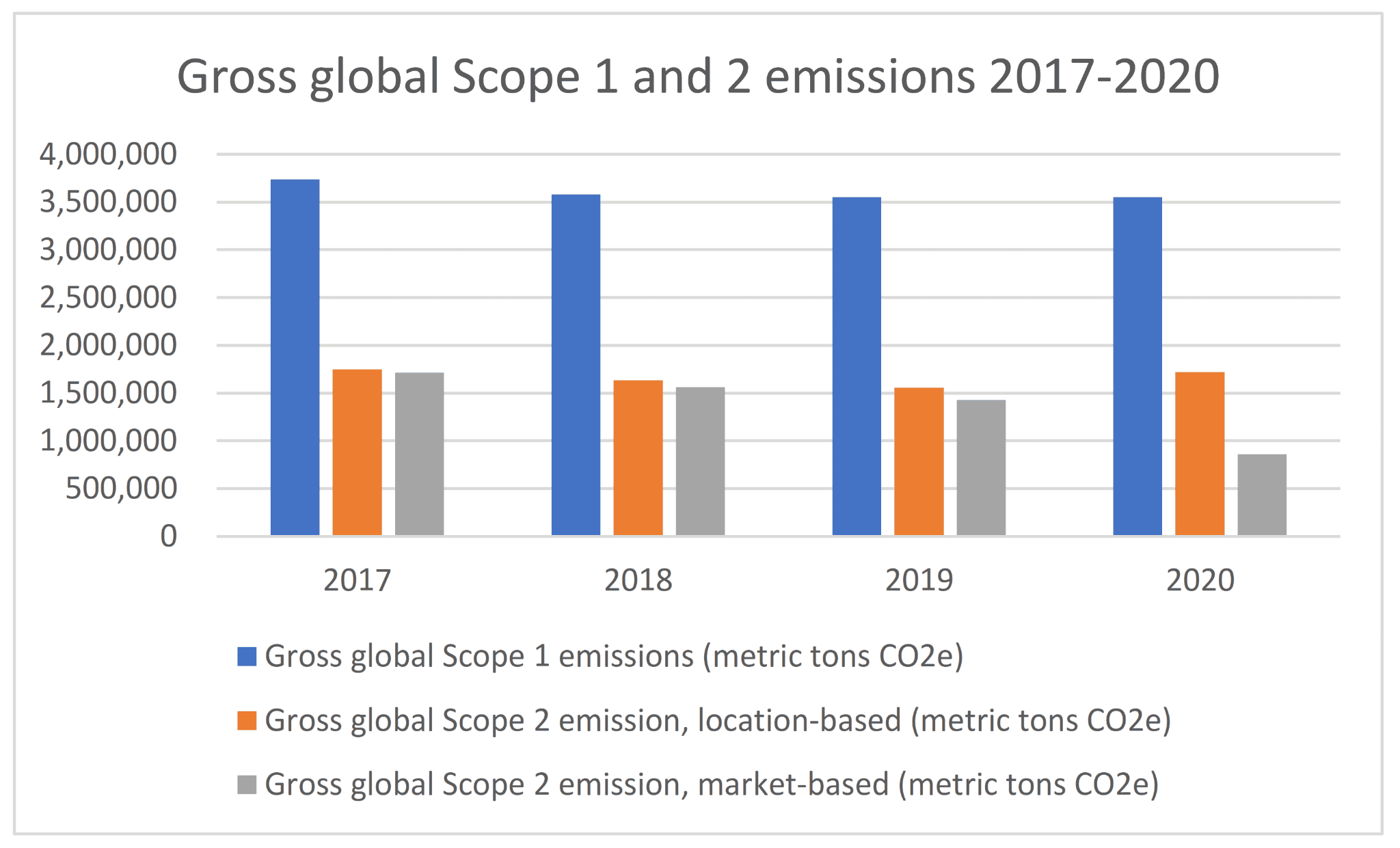
PepsiCo is not just focused on profits; it’s increasingly driven by development, environmental responsibility, and future-forward R&D. From biodegradable packaging to AI-powered supply chains, the company is evolving to meet global challenges head-on.
- PepsiCo invested around $760 million in research and development (R&D) in 2024, aiming to enhance product development, sustainability, and supply chain efficiency.
- Over 60 new product variations were launched globally in 2024 alone, including zero-sugar drinks, plant-based snacks, and functional beverages.
- PepsiCo’s greenhouse gas (GHG) emissions were reduced by 5% in 2024, aligning with its commitment to achieve net-zero emissions by 2040.
- The company saved over 9 billion liters of water in 2024 through conservation programs, especially in water-stressed regions like India, Mexico, and parts of Africa.
- 100% of PepsiCo’s packaging in 28 major markets is now recyclable, compostable, or biodegradable, with plans to achieve the same in all markets by 2030.
- PepsiCo’s “pep+” initiative (PepsiCo Positive) is the foundation of its transformation strategy, focusing on positive agriculture, water stewardship, and circular packaging.
- The company’s use of recycled PET (rPET) plastic grew by over 30% in 2024, showing a commitment to cutting plastic waste across its beverage lines.
- PepsiCo launched a precision agriculture initiative that reached over 500,000 farmers globally, improving crop yield, reducing water use, and cutting carbon emissions.
- AI and data analytics have been integrated into PepsiCo’s logistics operations, reducing waste, optimizing deliveries, and lowering the carbon footprint.
- More than 40% of PepsiCo’s product portfolio now includes low-calorie or zero-calorie options in response to consumer health and wellness trends.
| Metric | 2024 Value or Insight | Highlights |
| R&D Investment | $760 million | Focused on product development, eco-packaging, and supply chain tech |
| New Product Launches | 60+ global launches | Functional, plant-based, zero-sugar products |
| GHG Emissions Reduction | 5% YoY | On the path to net-zero by 2040 |
| Water Saved | 9+ billion liters | Major conservation efforts in water-stressed regions |
| Sustainable Packaging Coverage | 28 markets | Target: 100% eco-friendly packaging globally by 2030 |
| Recycled PET Use Growth | +30% | Cutting virgin plastic dependency |
| Precision Farming Reach | 500,000+ farmers | Yield increase, climate resilience, tech-powered agriculture |
| AI in Supply Chain | Fully integrated in logistics | Real-time insights, reduced waste and CO₂ |
| Health-Oriented Product Share | 40%+ | Driven by global nutrition trends |
| “pep+” Initiative | Core sustainability framework | Covers agriculture, water, packaging, nutrition, and diversity |
Conclusion
As we’ve explored throughout this article, Pepsico Statistics aren’t just about sales numbers and revenue milestones; they’re about how this company has evolved into a global force that touches almost every part of our lives. Whether it’s the size of its workforce, the billions it earns each year, or how it balances snacks, beverages, and nutrition trends, everything tells a story.
From this, we can understand, PepsiCo isn’t just selling chips and soda anymore. The data shows a company that’s investing in health, expanding across borders, focusing on sustainability, and keeping shareholders happy, all while holding onto household-favorite brands.
From dominating markets like North America to Asia and Latin America, the numbers prove that PepsiCo’s strategy is working, of course. By breaking down everything from product performance to environmental impact, we can truly appreciate how PepsiCo manages scale and profitability. I hope you like this article. If so, share your thoughts in the comment section.
Sources
FAQ.
PepsiCo reported a revenue of around $94.4 billion in 2024, showing consistent growth compared to the previous year.
PepsiCo has a global workforce of approximately 315,000 employees, working across over 200 countries.
PepsiCo’s top-earning brands include Lay’s, Gatorade, Pepsi, Doritos, Quaker Oats, and Mountain Dew, each earning over $1 billion annually.
Frito-Lay North America alone contributes over $23.3 billion annually, making it PepsiCo’s largest division by revenue.
Roughly 43% of PepsiCo’s revenue now comes from outside the United States, with strong growth in Asia and Latin America.
Yes, health and wellness products now account for over 35% of its portfolio, including low-sugar beverages and nutrient-rich snacks.
Gatorade dominates the U.S. sports drink market with nearly 67% share, maintaining a strong lead over competitors.
PepsiCo posted a net income of approximately $9.1 billion in 2024, driven by strong product performance and strategic pricing.
PepsiCo owns over 23 brands that each generate more than $1 billion in annual retail sales globally.
PepsiCo aims to become net zero by 2040, reduce water usage, improve packaging sustainability, and cut carbon emissions significantly by 2030.

Joseph D'Souza founded Sci-Tech Today as a personal passion project to share statistics, expert analysis, product reviews, and experiences with tech gadgets. Over time, it evolved into a full-scale tech blog specializing in core science and technology. Founded in 2004 by Joseph D’Souza, Sci-Tech Today has become a leading voice in the realms of science and technology. This platform is dedicated to delivering in-depth, well-researched statistics, facts, charts, and graphs that industry experts rigorously verify. The aim is to illuminate the complexities of technological innovations and scientific discoveries through clear and comprehensive information.


